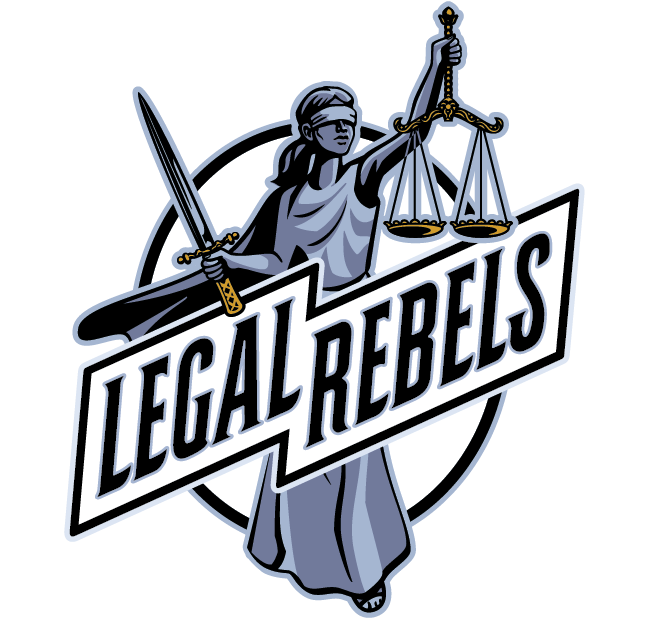Devshi Mehrotra and Leslie Jones-Dove co-founded JusticeText in 2019 to try to level the playing field for overworked public defenders through video statements, police interrogations and bodycam footage, creating an artificial intelligence tool that automatically identifies important evidence.
As the two ABA Journal 2022 Legal Rebels build on their lofty ambitions to create a more just criminal justice system, they now have another tool at their disposal: generative AI. They didn’t waste any time getting it up and running.
Powered by OpenAI’s ChatGPT, the startup introduced a new feature called MirandaAI, which it rolled out in July after beta testing at 50 public defender offices. The AI assistant provides rapid automated summaries of written evidence, including transcripts of police interviews and interactions, Mehrotra says. Additionally, users can skip a transcript to identify evidence, such as whether officers read someone his or her Miranda rights.
“We recognize that criminal cases that go to trial involve dozens, if not hundreds, of hours of discovery,” Mehrotra said. “If we can find ways to use generative AI to find patterns in 50 files instead of doing it one file at a time, that could be incredibly powerful.”
In addition to competing against prosecutors with larger budgets, many district attorneys face a staffing crisis that limits their ability to serve suspects who cannot afford attorneys, leading to poorer outcomes.
Brian J. Walker, a public defender in Eugene, Oregon, is one of MirandaAI’s early adopters. He estimates that JusticeText saves him up to 10 hours a week.
“It makes me available to perform other tasks for clients and potentially take on more cases,” Walker said. “I think it can be a big part of solving the public defender crisis.”
Rasa Legal, an app that allows eligible people with criminal records to quickly and cheaply expunge their criminal history in Arizona and Utah, is among other startups experimenting with generative AI. Founder and CEO Noella Sudbury says her company plans to roll out a GPT-based tool this year that automatically writes personal statements for clients. Normally, judges take these statements into account when deciding whether to clear someone’s record.
To date, Rasa employees have written 3,000 petitions based on customer questionnaires and personal histories. The company trains its software on Rasa’s database of responses so that a bot can write the first drafts of statements that customers can submit to the court.
“It’s going to save our team a lot of time if we can have generative AI create the first version,” says Sudbury, adding that there are always time and money constraints for early-stage startups.
But not everyone who works in the criminal justice world is a convert. Emma Greenwood, a technology expert and attorney at the Greenwood Law Group and a 2014 ABA Magazine Legal Rebel, helps lawyers with e-discovery and technology management.
While Greenwood urges lawyers to get started with ChatGPT, she says there are issues to be resolved first. In the case of generative AI chatbots, many have raised concerns about inaccuracies in content and the danger that bots can inject bias into their responses.
“We’re still watching from the sidelines as the early wave of adoption plays out,” Greenwood says. “When it comes to the very personal side of criminal defense, you don’t want to play with someone’s life.”
Legal Rebel Class of 2024
Locked up: Criminal justice startups are capitalizing on the early promise of generative AI
Bridging the gap: Lawyers trying to expand access to justice see promise in generative AI
Helping hand: Generative AI is already impacting legal research and legal writing
Always On: Will Generative AI Alleviate Burnout or Make Lawyers Unhappier?
Head of the Class: Law Schools Consider Post-ChatGPT Courses
e-Sign on the dotted line: When it comes to using generative AI and contracts, the devil is in the details
Era of e-Discovery: Generative AI could revolutionize e-discovery, but beware!
Rewiring Entry: How AI Can Blur the Boundaries of Immigration Law
This story was originally published in the February-March 2024 issue of the ABA Magazine.
